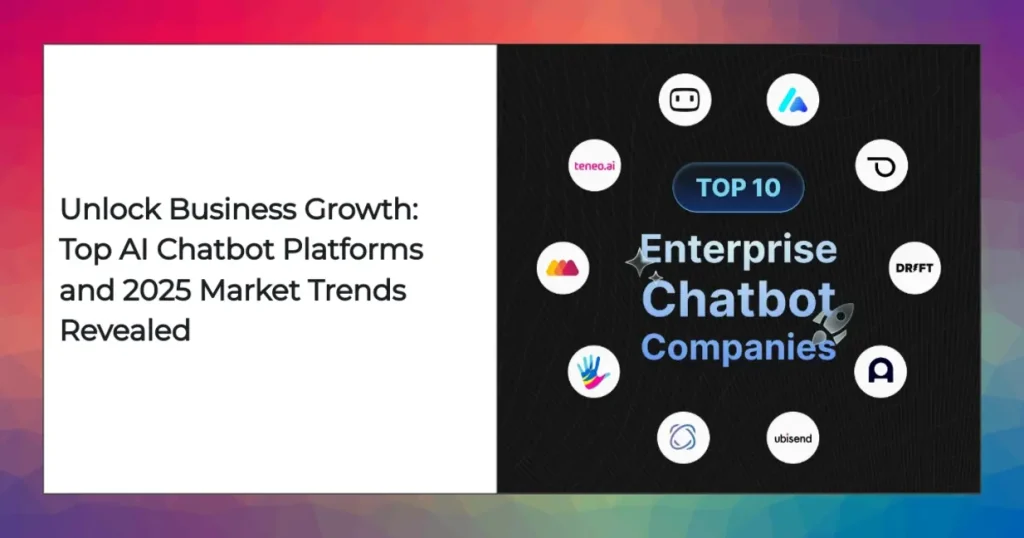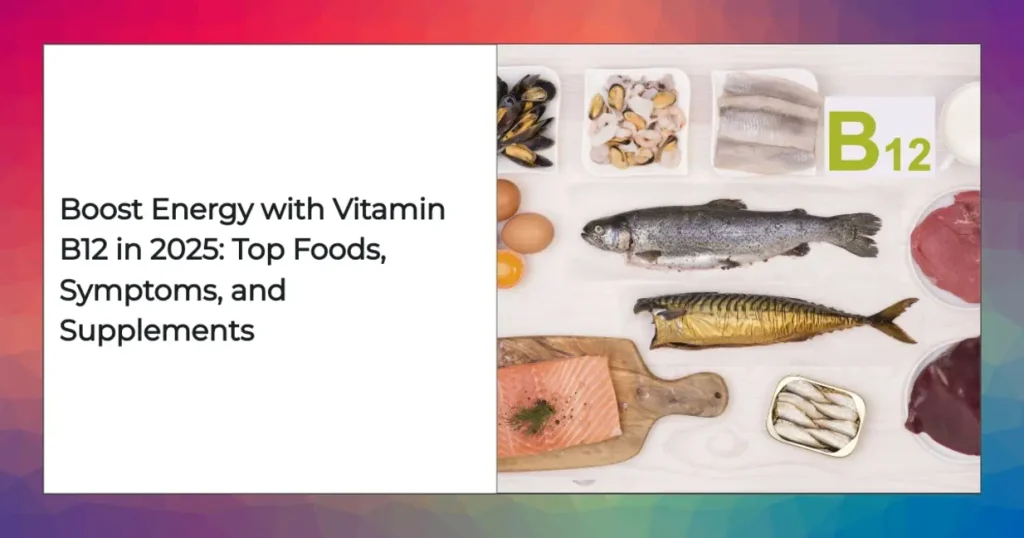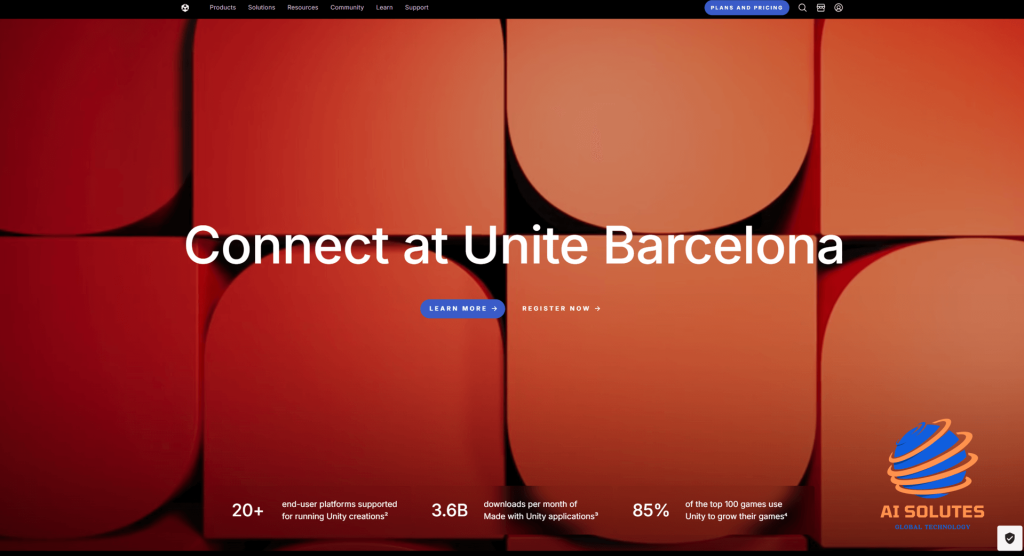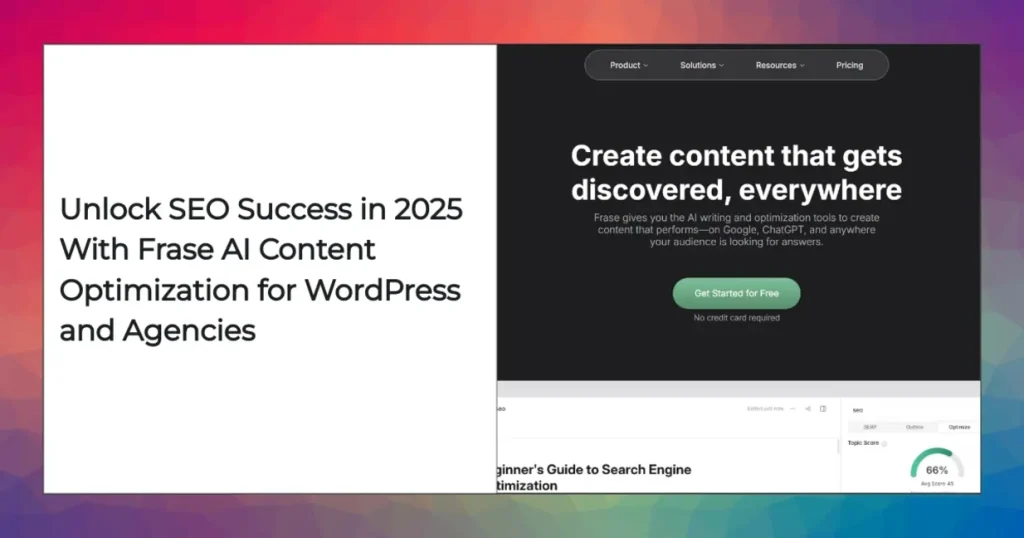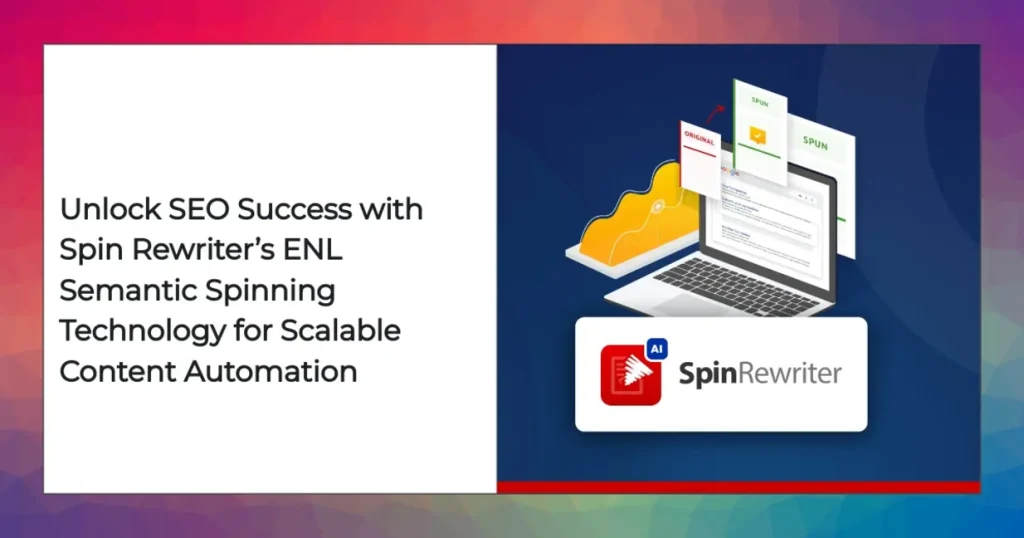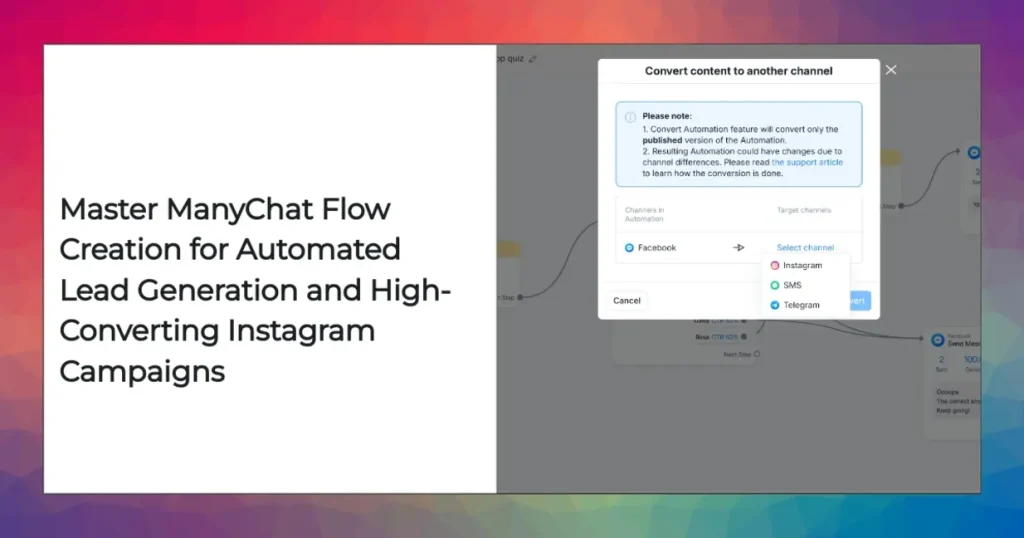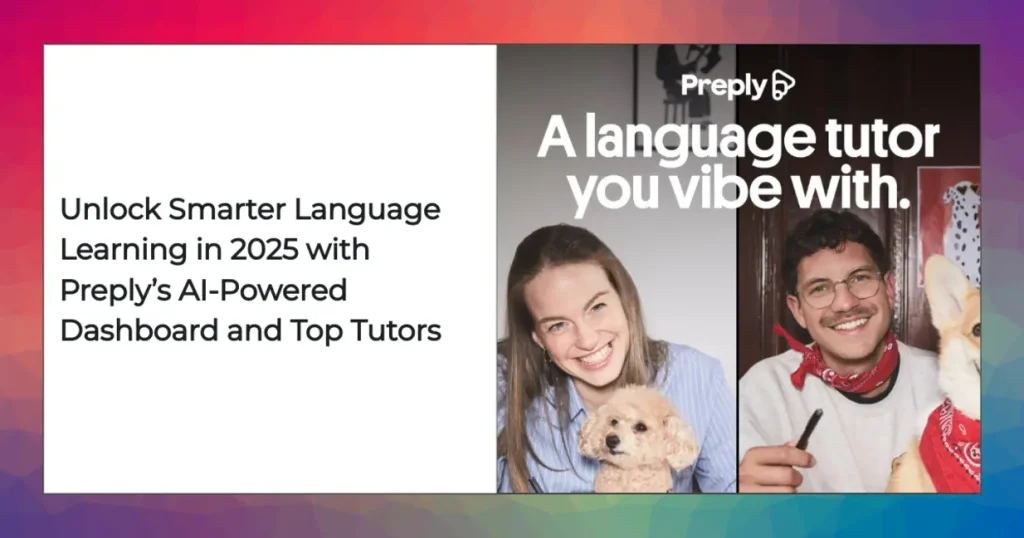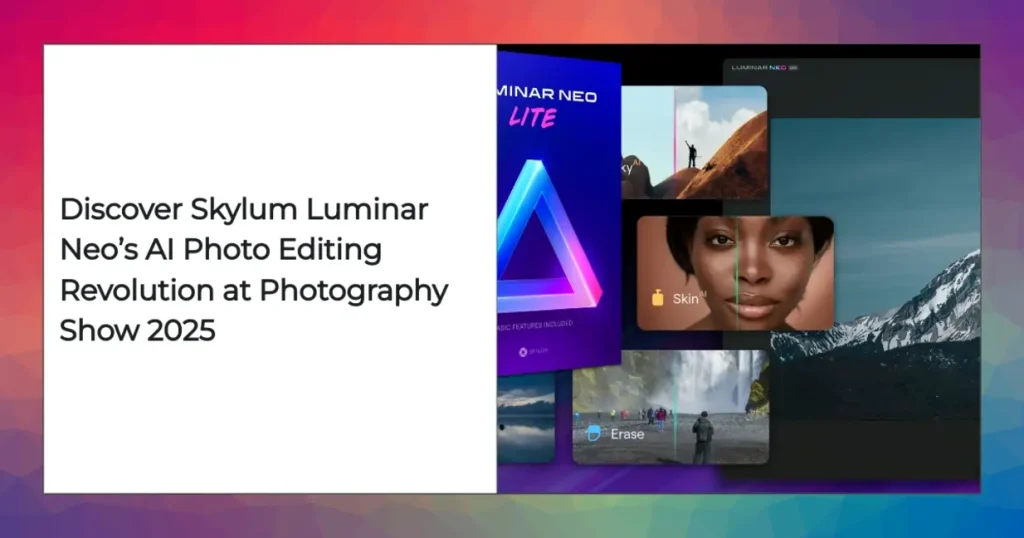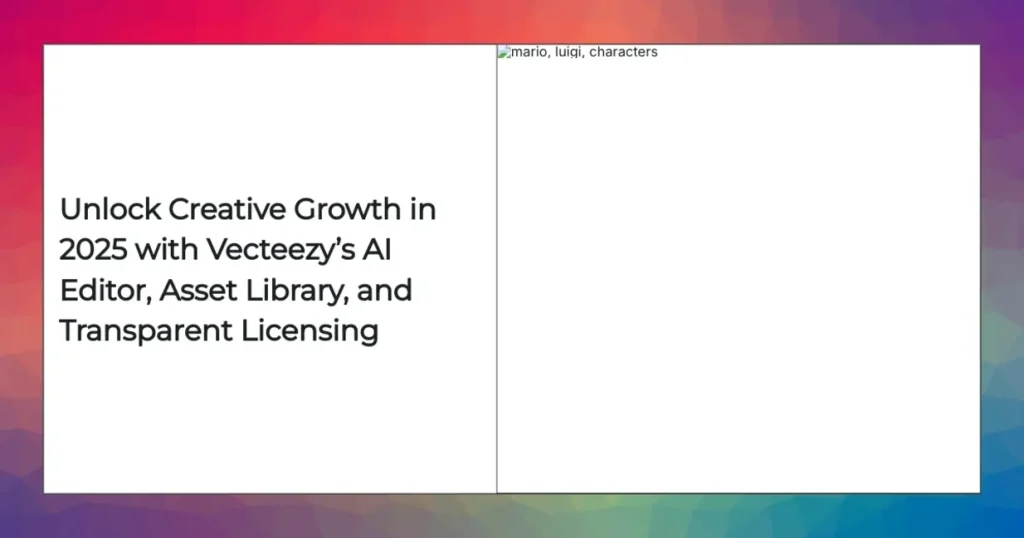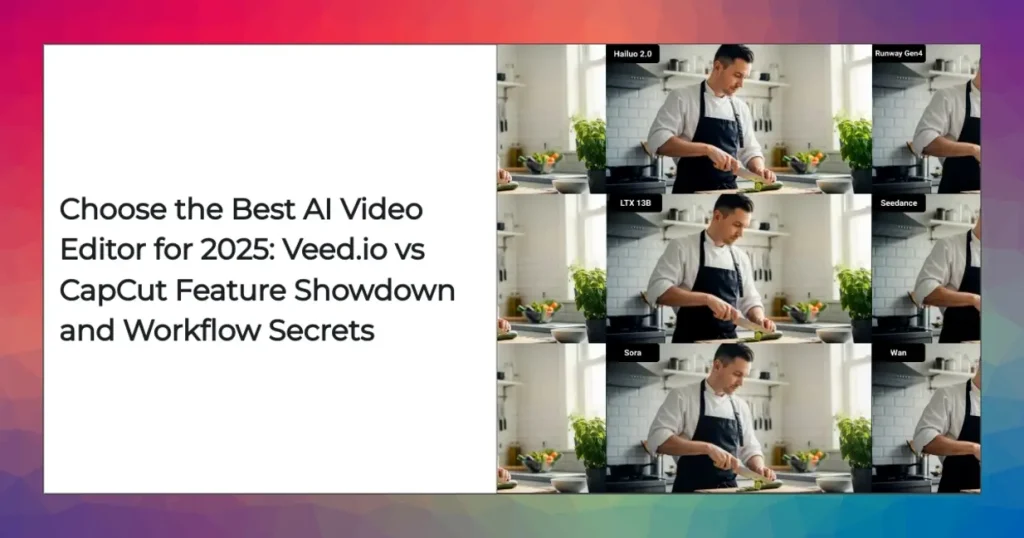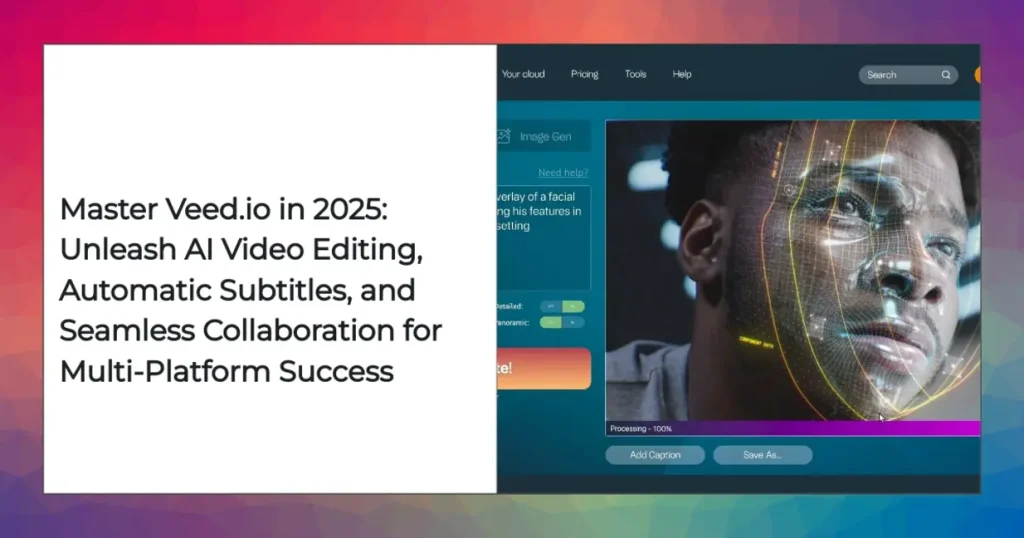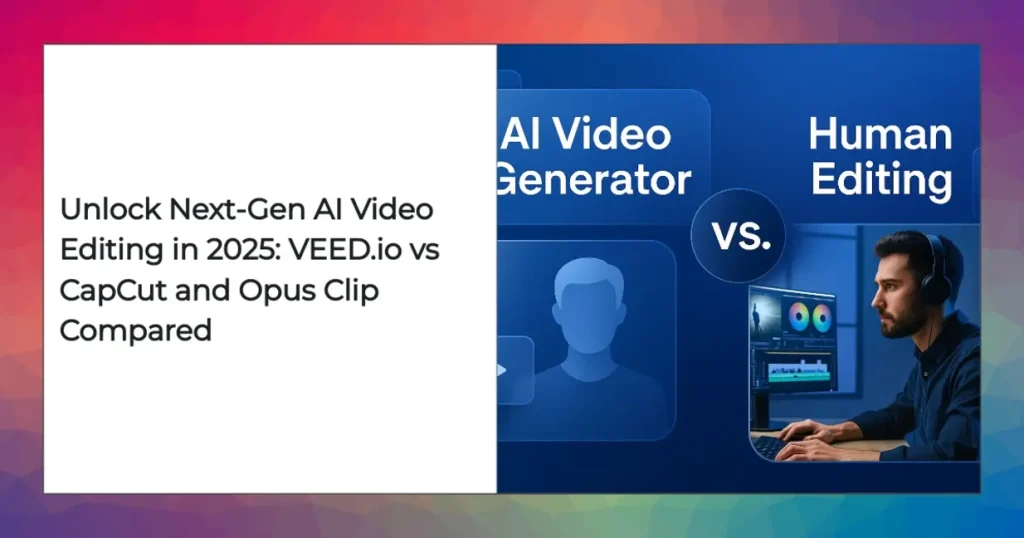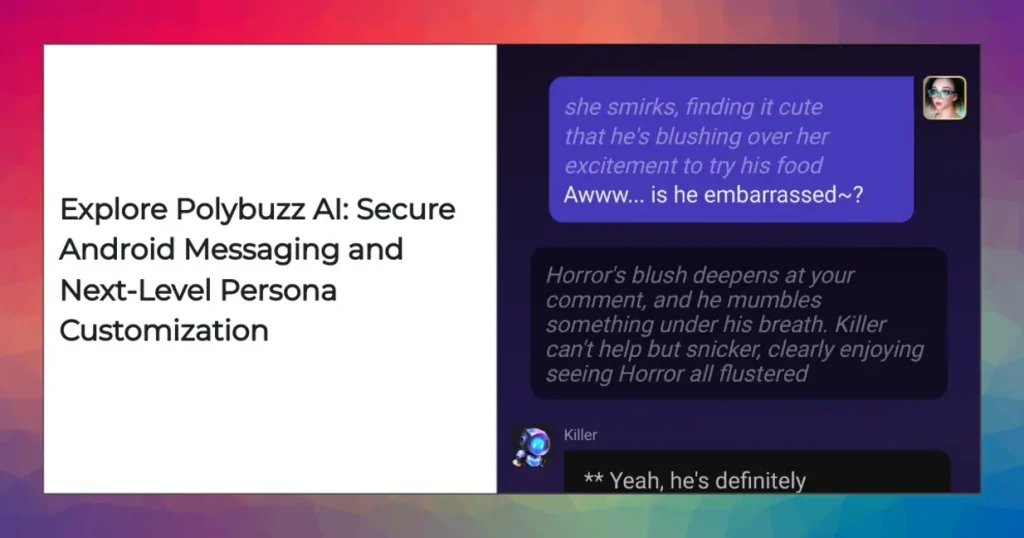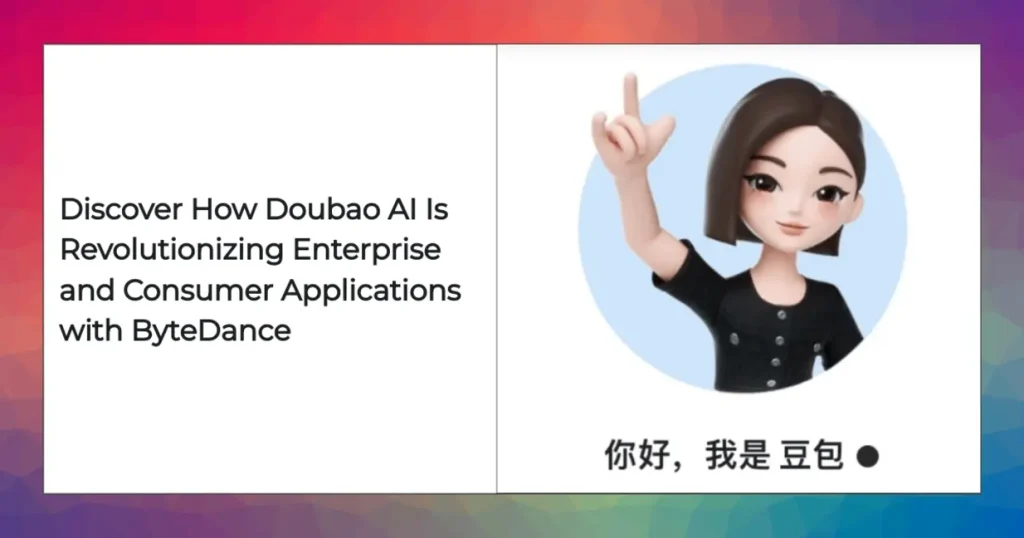The future of business operations, customer engagement, and digital innovation is being rapidly transformed by artificial intelligence—particularly through the evolution of AI chatbots. As we move into 2025, enterprises, startups, and technology leaders are leveraging AI-powered conversational platforms more than ever before, each competing in a vibrant market characterized by multimodal capabilities, deep personalization, and seamless workflow integration. This comprehensive guide not only benchmarks top chatbot platforms but also explores major players, integration best practices, technology stacks, and market growth projections—arming you with a visually engaging, current perspective to stay ahead in the dynamic AI landscape.
Ultimate 2025 Guide: Comparing the Top AI Chatbot Platforms and Market Trends
Comparative Table of Top AI Chatbots
Let’s cut to the chase: choosing the right AI chatbot platform can feel like searching for the best coffee blend—every option promises something special, but only a few deliver the perfect mix of innovation, usability, and business impact. To demystify the crowded space, we’ve put together a side-by-side comparison of leading and emerging platforms. Scan the benchmarks, and you’ll instantly spot who’s ahead in voice support, creative modal capabilities, personalization—and which contenders make integration smooth sailing.
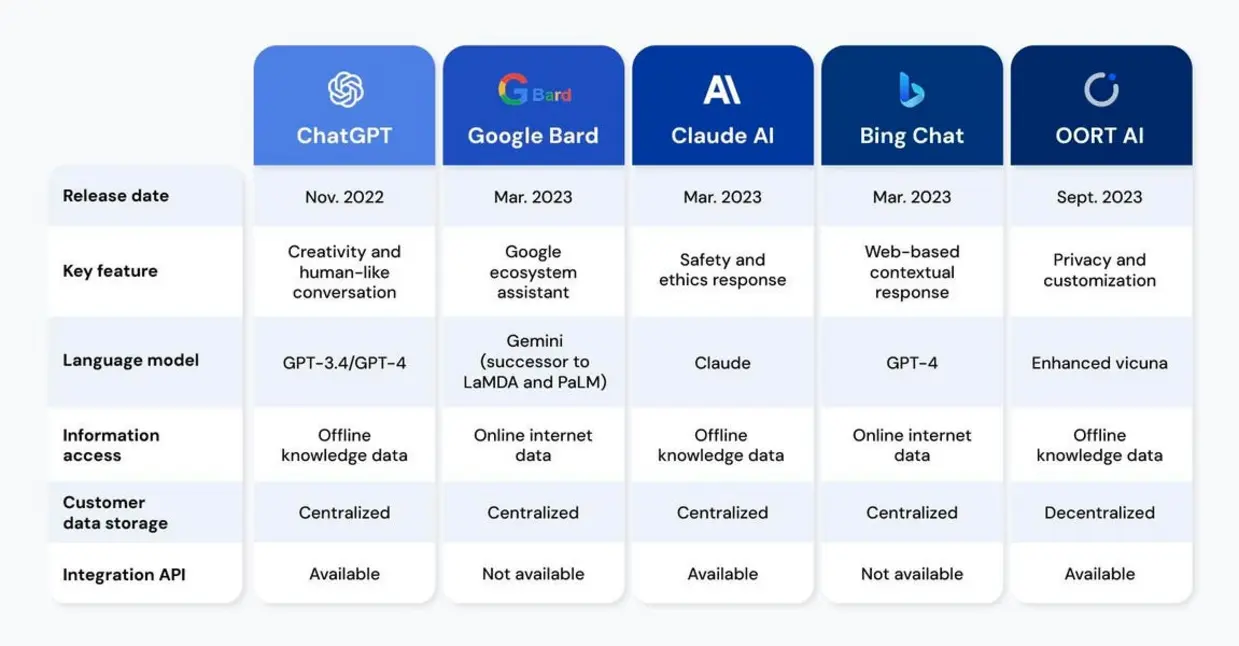
Here’s a snapshot showcasing key benchmarks across industry leaders and emerging players:
| Platform | Modalities Supported | Multilingual | Personalization | Voice Support | Pricing Model | Integration Ease | Avg User Rating |
|---|---|---|---|---|---|---|---|
| OpenAI ChatGPT | Text, Voice, Image | 45+ | Advanced (API) | Yes | Freemium | High | 4.8 / 5 |
| Google’s Gemini | Text, Image, Speech, Code | 40+ | Contextual AI | Yes | Usage-based | High | 4.7 / 5 |
| Anthropic Claude | Text, Voice (beta) | 30+ | Customizable | Partial | Tiered | High | 4.5 / 5 |
| Microsoft Copilot | Text, Voice, App-integrated | 30+ | Workflow-driven | Yes | Bundled | Medium | 4.6 / 5 |
| Grok AI | Real-time Video, Text, Social | 12+ | Social-optimized | Yes | Subscription | Fast | 4.4 / 5 |
| QuarkAI | Text, API, Proactive Support | 15+ | Enterprise-tailored | No | Enterprise | Customizable | 4.5 / 5 |
| Jasper AI | Text, SEO, Content Generation | 25+ | Deep Brand Voice | Partial | Tiered | Medium | 4.6 / 5 |
| Suno AI | Audio, Music, Text | 10+ | Creative Profiles | Yes (Music) | Credit-based | Moderate | 4.6 / 5 |
Quick Insights:
- OpenAI ChatGPT and Google Gemini lead the pack in terms of multimodal capabilities, from text to images and voice, and offer seamless integration for workflow automation.
- Anthropic Claude and Grok AI stand out where innovation is required—be it strong safety guardrails or real-time, context-rich dialog.
- Jasper AI targets marketing teams and content creators, prioritizing branded storytelling and SEO-optimized messaging.
- QuarkAI is the enterprise hero for proactive customer support, though it skips voice—potential deal-breaker for call-heavy businesses.
Why this matters: Comparative benchmarking lets you skip vendor sales noise and drive straight to the features, tech fit, and customer feedback that matter for mission-critical deployments. And if you’re mapping your own AI strategy, this sort of clean data makes risk assessment and feature gap analysis a breeze.
Major Players in Chatbot AI Ecosystem
Ever wonder what the “big names” are really up to—and why some small, scrappy teams end up flipping the script on the industry? The AI chatbot ecosystem in 2025 boasts a powerful mix of established tech titans and fast-moving innovators. Knowing who’s driving the transformation and their market influence gives savvy organizations the edge when selecting partners, negotiating deals, or scouting for collaboration opportunities.
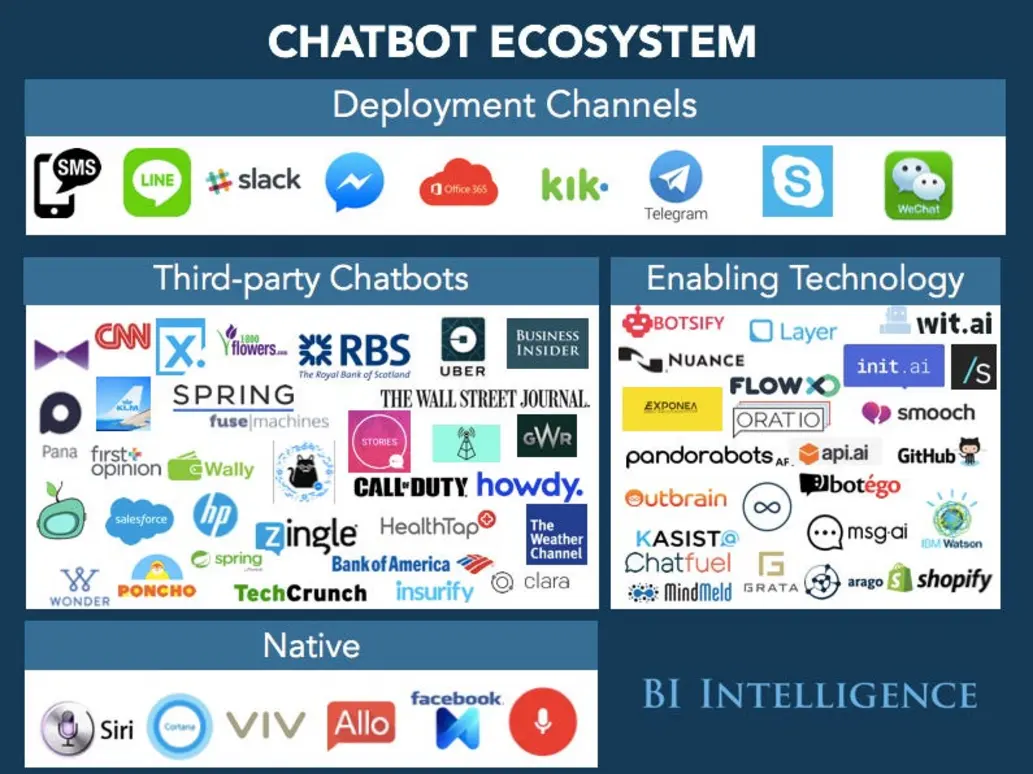
Industry Giants
-
OpenAI (ChatGPT, DALL-E): If you’re looking for conversational depth and bleeding-edge capabilities, OpenAI sets the standard. Their influence stretches beyond chatbots—Zoom out and you’ll see their models everywhere from creative content to enterprise productivity suites.
-
Google DeepMind (Gemini, Bard): Google’s chatbot family is relentless in multimodality: text, images, speech, even code. The global reach is insane—serving queries in 40+ languages to millions of users every day.
-
Microsoft (Copilot, Azure AI): Think robust, business-ready integrations. Microsoft is powering entire enterprises, automating workflows in Office, Teams, and beyond. Their approach blends powerful natural language models with the reliability you’d expect from an enterprise partner.
Emerging Innovators
- Anthropic (Claude): If “AI safety” makes you sweat, Anthropic has your back. Its “Constitutional AI” framework sets a new bar for explainable dialog and ethical design, and is increasingly embraced by compliance-conscious companies.
- Grok AI: Real-time social engagement isn’t just hype; Grok innovates with context-sensitive chatbots that thrive in fast-moving environments like live streams, social feeds, and breaking news.
- QuarkAI: Customer support, sales, and operations just went proactive. QuarkAI helps enterprises automate not just responses but the success touchpoints that win loyalty and drive retention.
Expert Insight: “Governance, compliance, and integration capabilities are now market drivers alongside language quality.” – Dr. Priya Nair, AI Industry Analyst
Market Influence & Disruption Trends
Broadly, industry giants offer stability, speed, and unparalleled compatibility across platforms. But don’t underestimate niche startups—they specialize in hyper-focused features, whether it’s creative writing, pronto customer support, or next-level dialog safety.
Tip: Want agility and unique features? Explore partner ecosystems and marketplace app listings with your shortlist—sometimes, the right add-on can deliver 10x impact.
Real World Example: In 2024, a major European bank replaced its legacy chatbots with Anthropic Claude for regulatory compliance. Within six months, they saw user satisfaction scores rise 25% and a 40% decrease in flagged conversations. Meanwhile, a game company adopted Grok AI to moderate and engage fans in real-time across Twitch and Discord—reducing moderation costs and boosting community engagement.
AI Chatbot Integration in Business Workflows
Getting an AI chatbot up and running isn’t just about flipping a switch—it’s more like assembling a high-performing sports team. You need strategy, scalable tech, and a keen sense of your company’s unique workflow. Integrate well, and you unlock game-changing customer engagement, drastically cut costs, and give your team a powerful edge. Integrate poorly, and—well, you invite more headaches than solutions.
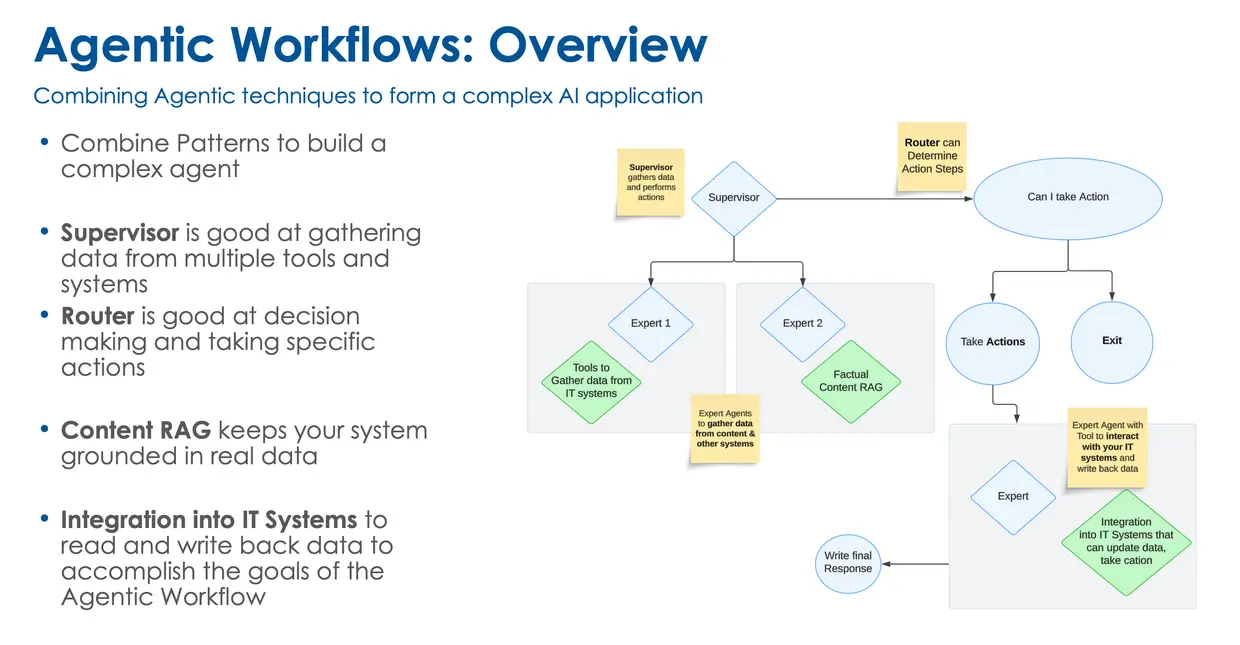
Step-by-Step Integration Guide
-
Define Goals & Metrics: Start by mapping out what success looks like. Are you aiming for a 25% faster customer response time? Added self-service in your helpdesk? Be precise with your KPIs.
-
Platform Selection: Use the comparative table above. Match the tech stack to your business needs. For instance, if your customers demand voice interactions, skip platforms that don’t support it.
-
Core Integration: There’s more to this than slapping an API into your homepage. Integrate via SDKs/APIs across CRM systems, helpdesks, mobile apps, and even social channels for consistency.
-
Advanced Customization: Pop in your company’s own FAQs, knowledge base, and custom branding. Don’t forget security policies and access controls—cutting corners here can lead to unintentional privacy headaches.
-
Multimodal Extensions: Depending on your customers, enable voice, image, or even video interactions. For instance, a retailer might use chatbots to help users “shop” via photo uploads.
-
Review, Test, Iterate: Don’t expect perfection on day one. Pilot your chatbot, collect feedback, and tweak flows. Iterate fast, but always with the customer experience in mind.
-
Scale & Monitor: Integrate analytics dashboards. You want live reports on accuracy, customer satisfaction, and contact resolution rates. This guides future improvements and keeps ROI in sight.
Common Integration Challenges
- Legacy System Incompatibility: Some platforms just don’t play nice with old CRMs or ERPs. Plan for extra development or third-party middleware where necessary.
- Data Privacy & Compliance: GDPR, CCPA, HIPAA—you name it. Compliance isn’t optional in 2025, so choose vendors with ironclad certifications.
- Channel Consistency: Customers expect a seamless experience across chat, voice, email, and social. Inconsistent bots? That’s a fast lane to frustration.
Solution Best Practices
- Choose Robust APIs: Stick with vendors who offer extensive documentation and compliance.
- Invest in Analytics: QA tools, user heatmaps, and contact resolution analytics can make or break performance.
- Human Handoff: For thorny, high-stakes queries, an instant route to a live human keeps people happy and loyal.
“Integration is no longer an afterthought—it’s the linchpin for real digital transformation.”
– Nisha Patel, VP of Digital Operations, Fortune 500 tech firm
Thought Starter: Imagine you’re a hospital rolling out an AI chatbot for patient intake. Your checklist isn’t just technical; it includes HIPAA compliance, sentiment tracking, real-time handoff to nurses, and voice interfaces for accessibility. The right integration doesn’t just save money—it saves crucial minutes in urgent scenarios.
- For a deeper dive into how AI chatbots supercharge enterprise workflow, see Watch more.
Multimodal AI Chatbot Technology Stack
Here’s a wild thought: What if your chatbot could talk, see, listen, and even code? Turns out, the latest wave of AI platforms is making this a reality. Multimodal chatbots draw on text, voice, image, and more—blurring the boundary between software and human interaction. Understanding how these systems are built is a must for CTOs and developers aiming for future-proof deployments.
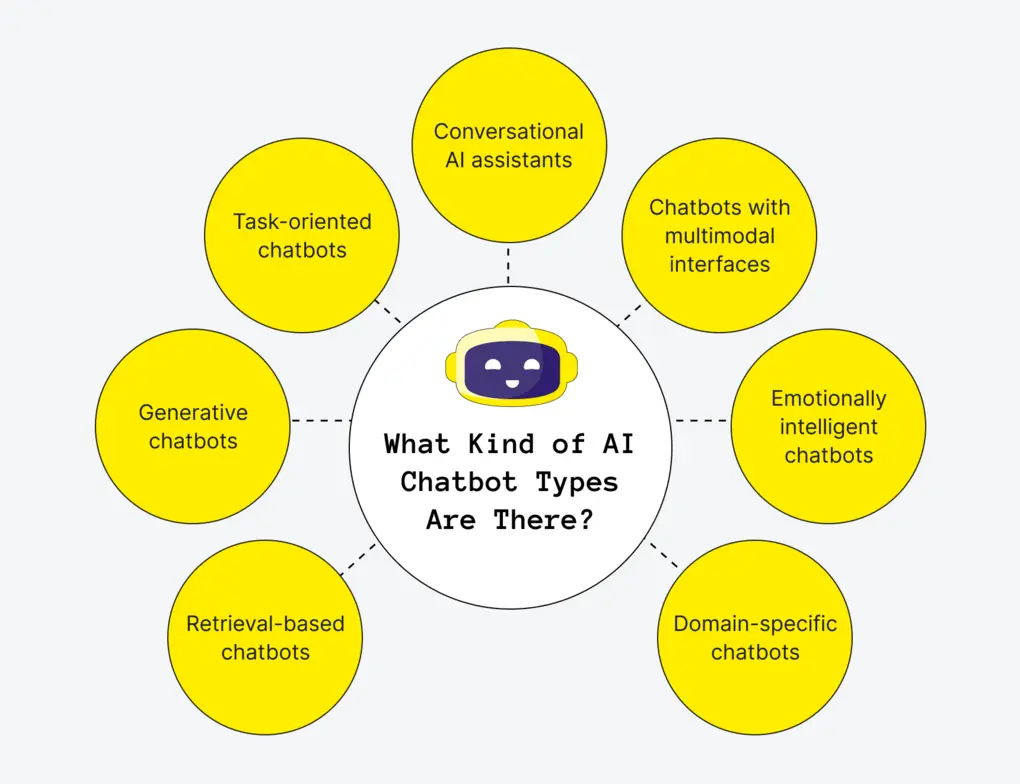
Core Modules
- Natural Language Understanding (NLU): Converts customer questions and commands into intents the system can act on.
- Voice Layer: Harnesses ASR (Automatic Speech Recognition) and TTS (Text-to-Speech), enabling smooth voice dialog.
- Image/Video Processing: From recognizing product images in retail chats to analyzing video for security, this layer enriches context.
- Personalization Engine: Learns and adapts to user preferences, demographic signals, and even mood—making every chat feel more human.
- Dialog & Orchestration Layer: Ensures conversations stay coherent, multi-turn, and can shift effortlessly between topics or hand off to real people.
Recent Innovations
- Retrieval-Augmented Generation (RAG): Forget static answers—these models pluck up-to-the-minute information from the web or private databases, so you’re always on point.
- Persona Embedding: Customize the bot’s tone and style for your brand—or even individual users. One insurance company saw a 30% drop in complaint rates after adopting persona-optimized bots.
- End-to-End Multilingual: Instant translation lets businesses serve global audiences without friction.
Fun Fact: Spotify recently rolled out a chatbot that not only answers user queries but recommends tracks based on voice sentiment analysis and contextual data, turning music discovery into a rich, multimodal experience.
Implementation Best Practices
- Go Modular: Choose platforms with swappable, upgradable components for voice, image, and text, so you aren’t boxed in by tech choices.
- Performance is King: With the average user expecting a response in under two seconds, regular benchmarking keeps latency low.
- Leverage Pre-Built Integrations: Tap CRM and ERP connectors to speed up rollout while saving dev resources.
Tech Lead Tip: “Future-proof by opting for platforms that support plugin ecosystems and open APIs.”
Illustrative Scenario: A global airline uses a multimodal chatbot stack to power ticket sales and customer support. Travelers upload images of travel documents, receive instant translations, and swap seamlessly between voice and text—all orchestrated by a flexible AI stack that plugins into legacy systems via open APIs. In 2024, their customer satisfaction jumped to a record-setting 93%—beating industry averages by 20 points.
Chatbot AI Market Growth in 2025
This might be the most explosive stat you’ll read today: The global AI chatbot market is set to break $23 billion by the end of 2025—up from $8.5 billion in 2021. Growth is coming from every angle: unstoppable tech adoption, relentless product improvement, and businesses racing to meet “anytime, anywhere” consumer demands. Here’s a look at the numbers and why they matter.
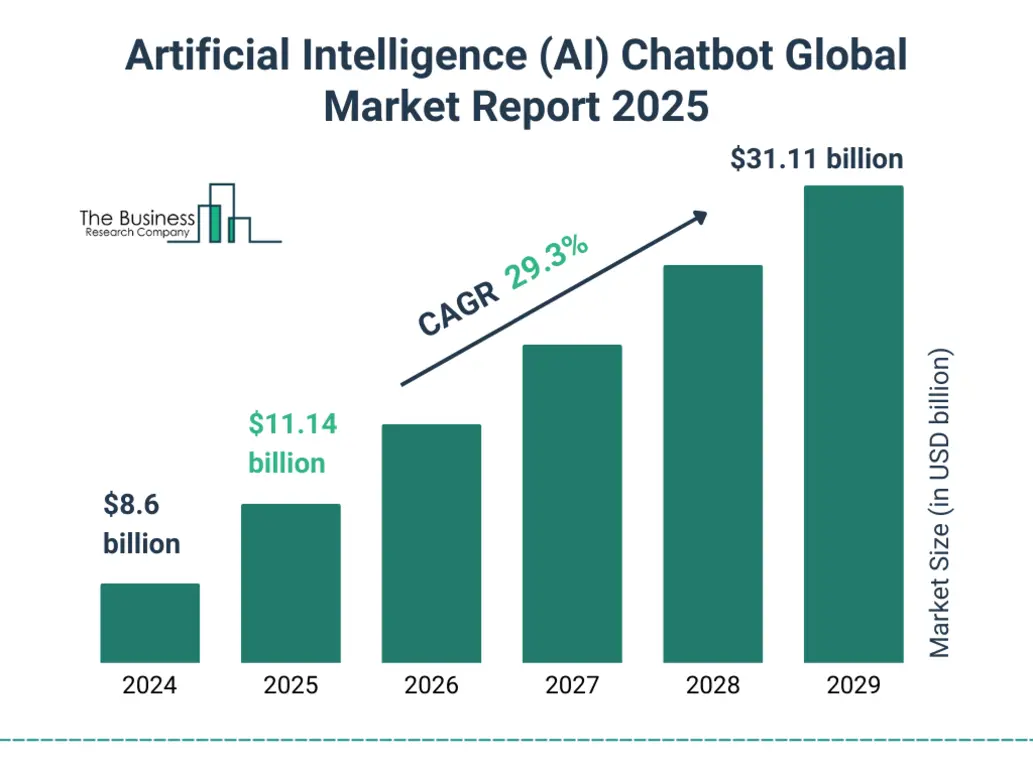
Key Statistics & Forecasts
- Market Value: By year-end, AI chatbots will generate over $23 billion annually, with industry analysts projecting a 23.2% CAGR from 2023–2025. (MarketsandMarkets)
- Workforce Adoption: More than half of global enterprises will have at least one advanced AI chatbot running by Q3 2025. That’s up from roughly 18% just three years ago.
- Operational Impact: Brands deploying AI chatbots are seeing 20%–35% faster customer resolutions and 18–22% higher CSAT scores.
- Cost Savings: For every 1,000 support contacts handled by a bot vs. a human agent, the average enterprise saves $8,000–$12,000 monthly (McKinsey Digital).
Drivers of Expansion
- The rise of multimodal and conversational voice interfaces. Users expect chatbots that feel less like robots, more like friends or colleagues—making omnichannel engagement the new norm.
- Seamless API-first integration lets businesses quickly plug advanced bots into existing software, keeping disruption minimal.
- Shifting consumer habits: In 2024, 77% of Millennials reported preferring chatbots for routine inquiries, especially in banking and travel.
- Smarter AI means lower total cost of ownership and smaller support teams handling bigger workloads.
Future Trends
- Hyper-Personalized CX: Platforms will soon auto-tune tone and recommendations for each user—personalization isn’t just a luxury, it’s an expectation.
- Vertical-Specific Agents: Industry-tailored chatbots are outpacing generic ones, with healthcare bots scheduling appointments, finance bots tracking spending, and retail bots offering style recommendations.
- Ethical, Explainable AI: With regulations tightening and users caring more about transparency, expect new standards for bias mitigation and “explainable” dialog. For example, European regulations in 2025 will require banks to log chatbot conversations for auditability and bias review.
“2025 will be the inflection point when AI chatbots shift from ‘nice-to-have’ to operational backbone—a must for serious digital players.”
— Samir Rana, Global AI Market Analyst
Example in Action: In Southeast Asia, a top e-commerce company integrated Google Gemini as its core customer support AI. Their post-sales resolution times fell from an average of 4 hours to just 25 minutes, giving them a huge competitive advantage. By mid-2025, chatbot-powered interactions made up 68% of their total service volume.
- For a mega-trends breakdown and what’s next for conversational AI, check out Watch more.
Conclusion: Making Your Move in Chatbot AI
So, where does all this leave you? The AI chatbot market in 2025 is a playground of rapid innovation, multimodal magic, and proven business results. If you’re benchmarking platforms, watching key players, and dialing in robust integration strategies, you’re already ahead of the curve. The winners aren’t just swapping out old systems for flashier bots—they’re making a wholesale leap toward smarter brand interactions, streamlined workflows, and data-driven customer delight.
Think of chatbots not just as a tech upgrade but as a chance to reimagine how your company engages, solves problems, and grows. As you start your journey, ask the big questions:
- How will you unleash hyper-personalization?
- Are your workflows truly bot-ready, or is there room for sharper integration?
- What KPIs will mark your chatbot success story?
Curious to learn more, swap ideas, or watch demos? Don’t be shy—reach out and join the conversation at AI-Solutes!
👉 Our Website: https://ai-solutes.com/
👉 Our YouTube Channel: http://www.youtube.com/@ai-solutes
👉 Our Facebook Fanpage: https://www.facebook.com/profile.php?id=61576606911341
👉 Our X (Twitter): https://x.com/AISolutes
- 3DAiLY AI
- Boost Enterprise Productivity: Claude Opus 4.1 vs ChatGPT and Gemini for AI Coding and Workflow Automation
- Master FaceApp Transformations and AI Filters in 2025 for Viral Photo Editing
- Unlock the Future: How Coursera Dominates AI Upskilling and Digital Learning in 2025
- Unlock Next-Gen AI Video Editing in 2025: VEED.io vs CapCut and Opus Clip Compared


